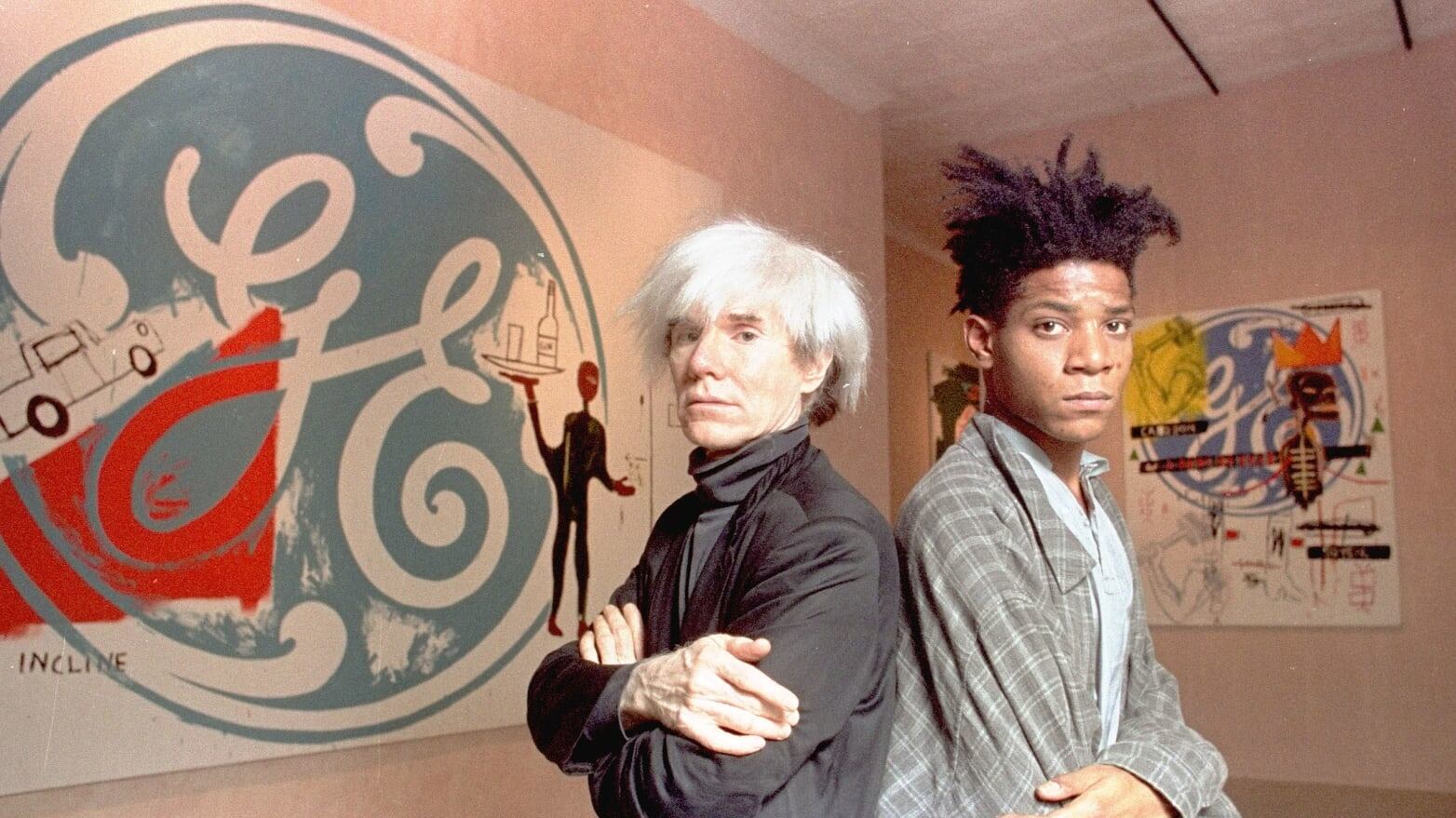Culture
Richard Drew
Jean-Michel Basquiat’s Enduring Blend of High-Low Cool Endures in Art and Fashion
UNLIKELY STYLE ICON
Jean-Michel Basquiat rocked the art world when he was barely 20, and his idiosyncratic sense of style also galvanized the world of men’s fashion.

Trending Now




